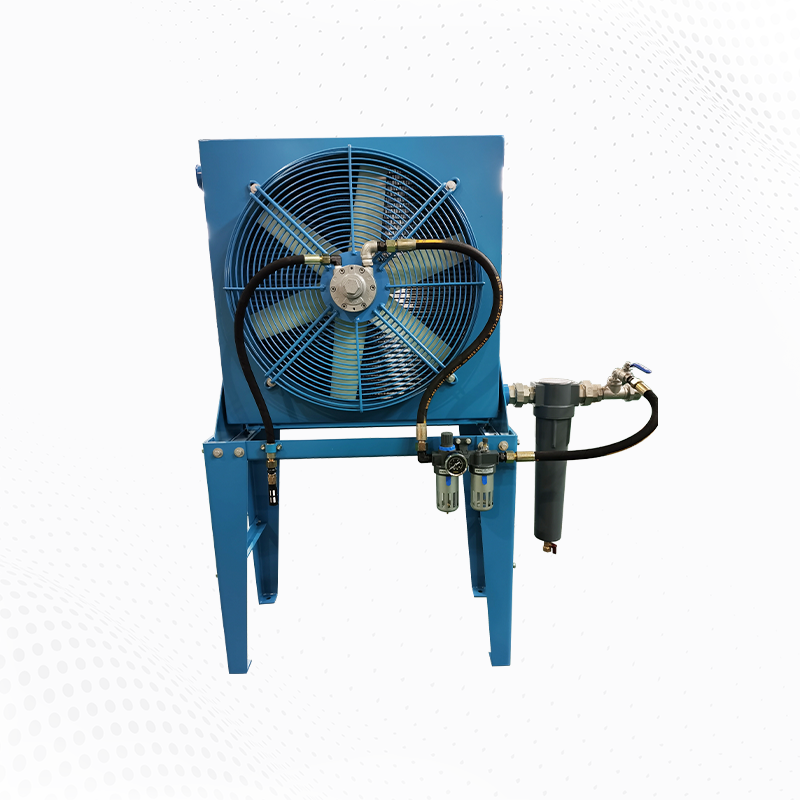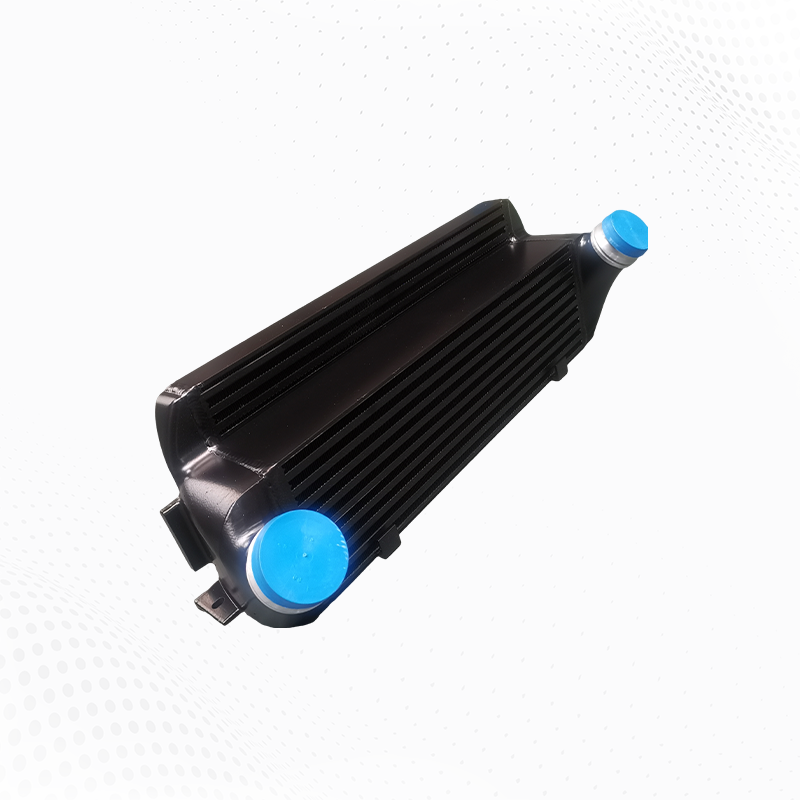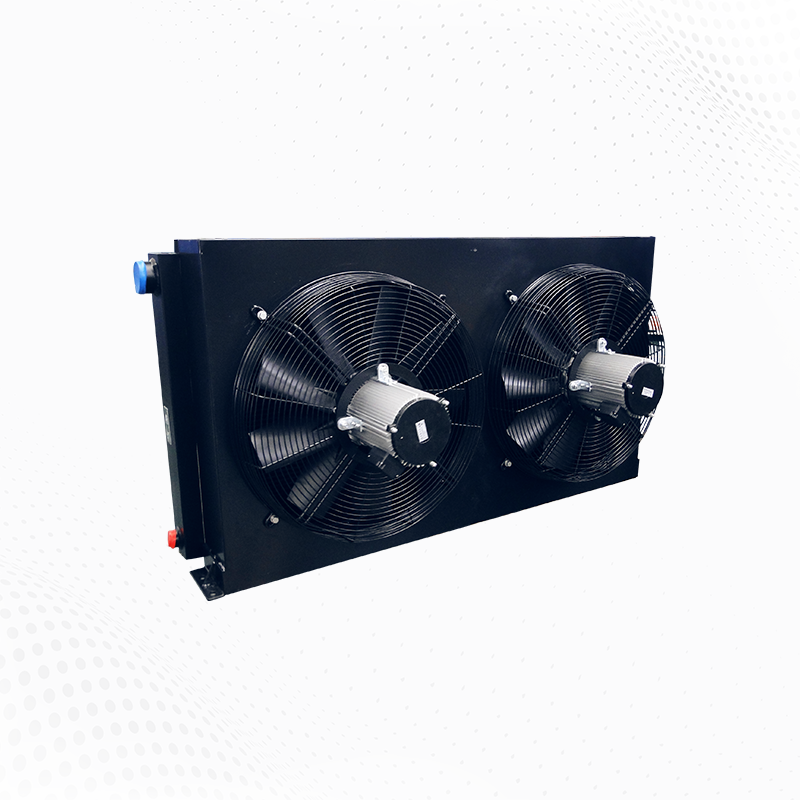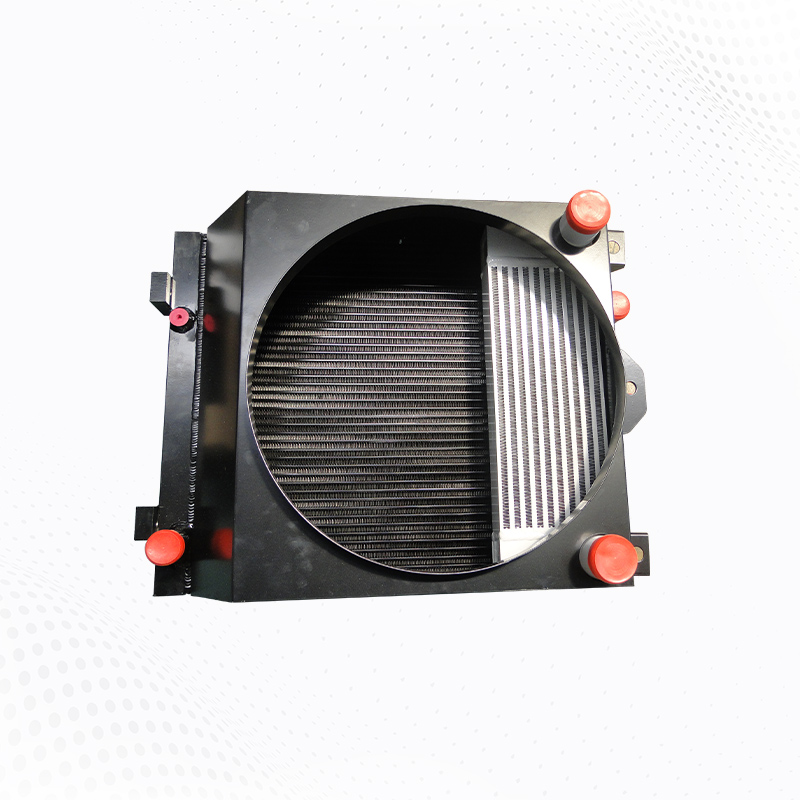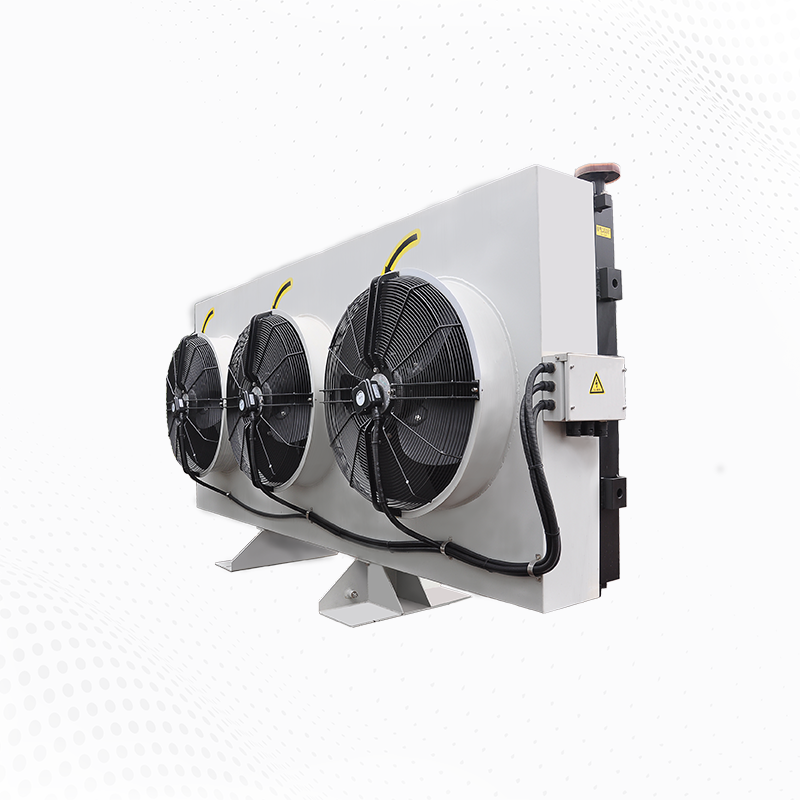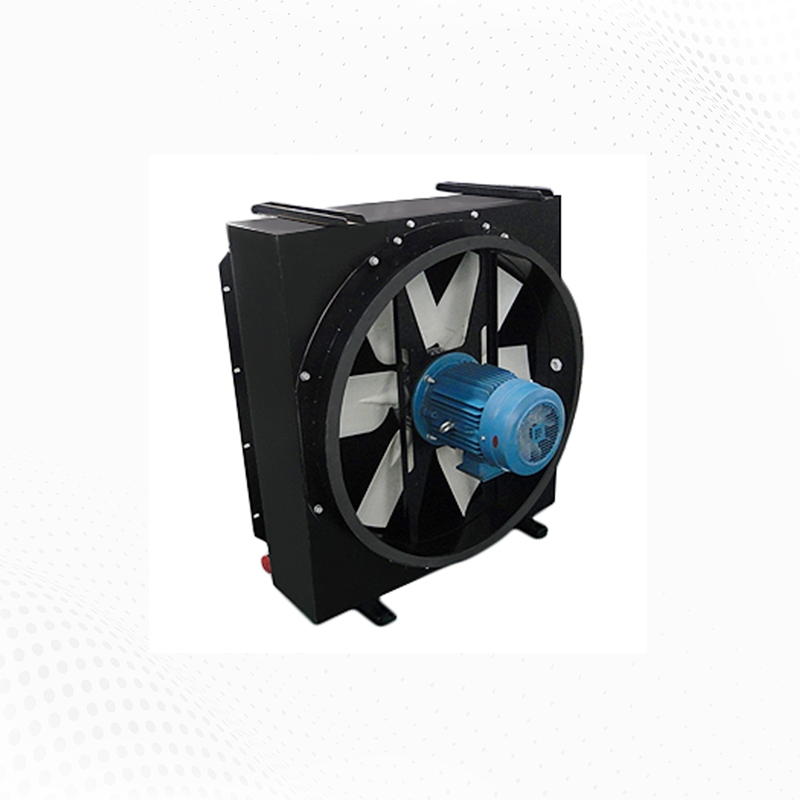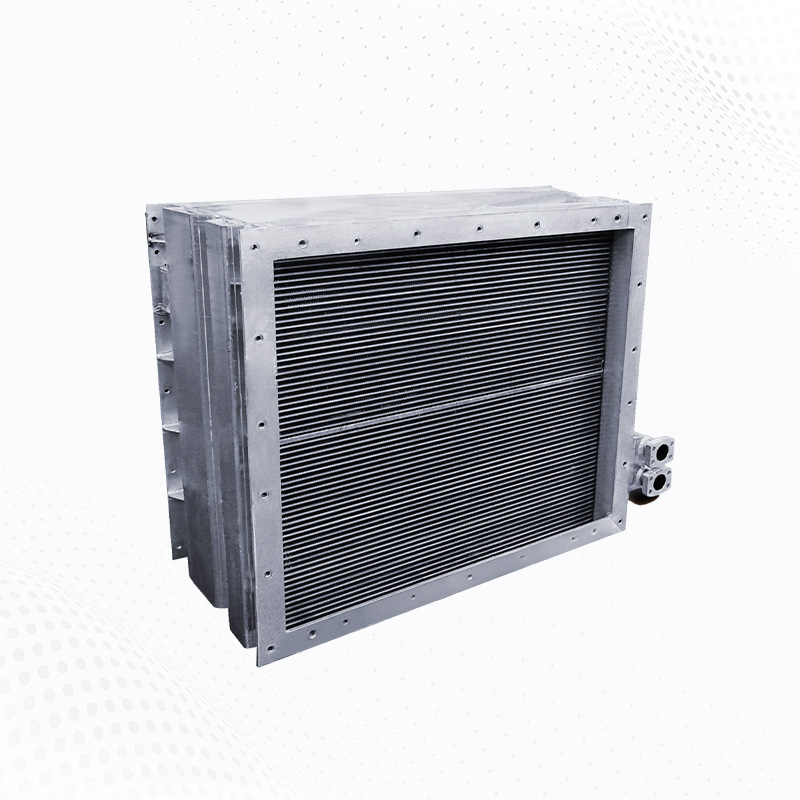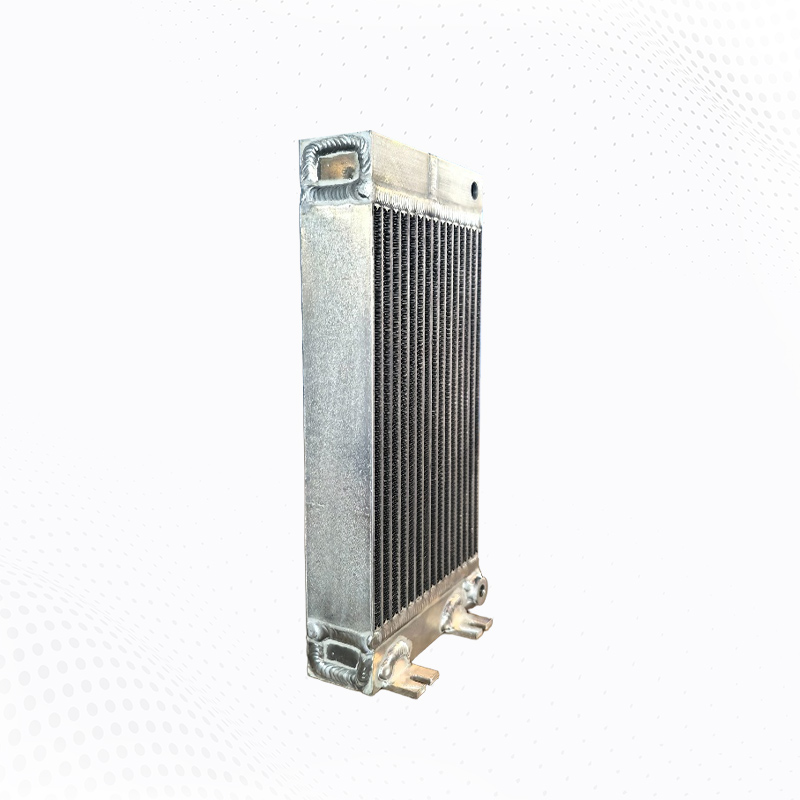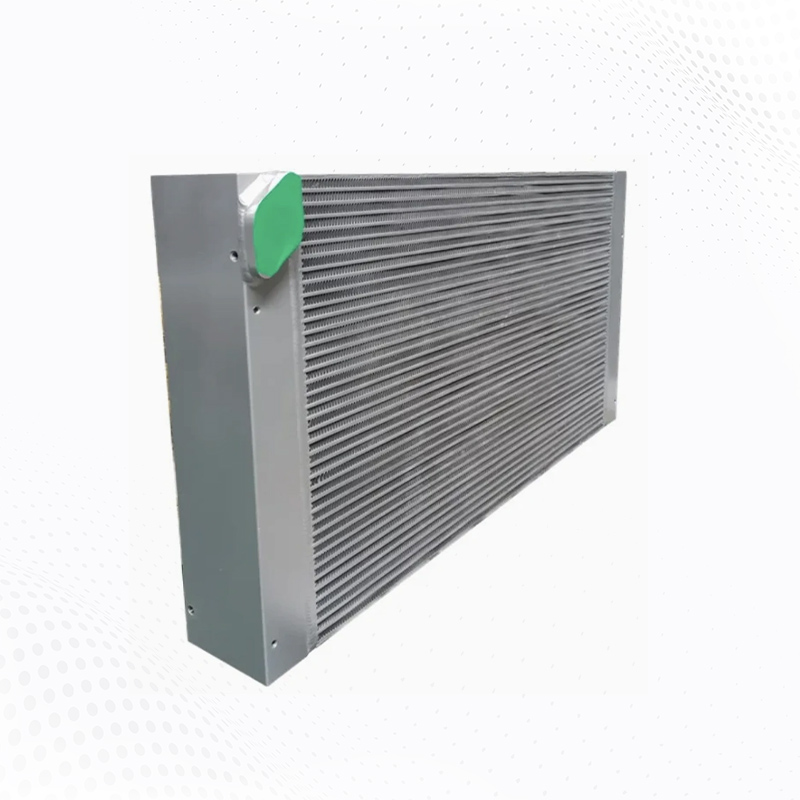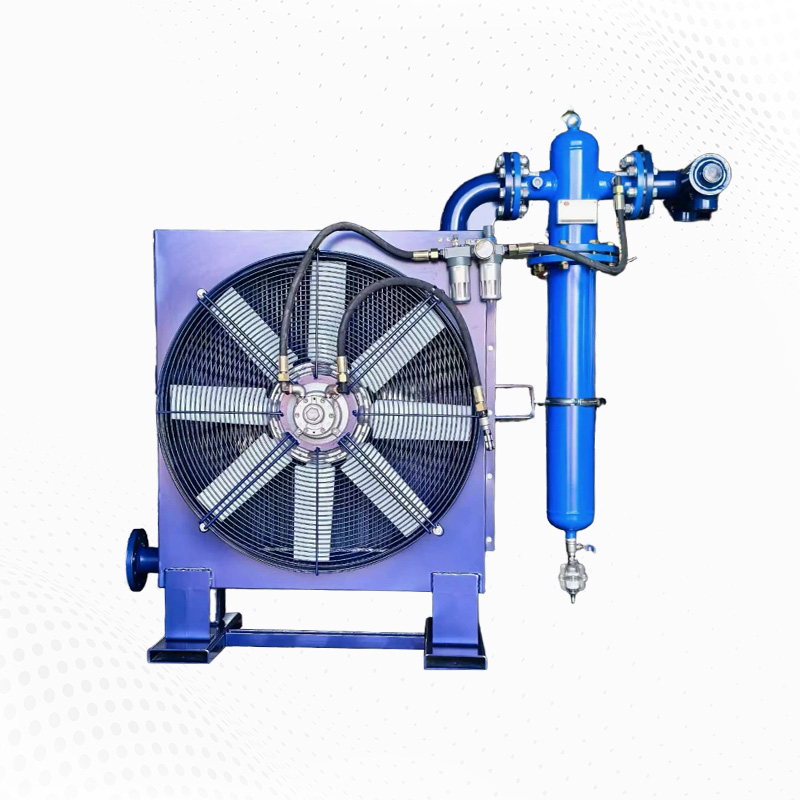I am an engineer at Wuxi Yuda with over 20 years focused on turbine thermal management. Below are practical case studies showing how a robust Wind Power Heat Exchanger can improve reliability, recover useful heat, and reduce lifecycle cost in wind projects.
Why the Wind Power Heat Exchanger matters
In utility-scale turbines, lubricant and electronics are recurring heat sources. A well-chosen Wind Power Heat Exchanger maintains oil temperature, prevents accelerated aging, and can capture waste heat for secondary use. For wind operators, this means longer component life and opportunities for energy reuse.
Case study 1 — Gearbox oil cooling at an onshore wind farm (performance-driven retrofit)
Context: A 50-turbine onshore park experienced elevated gearbox oil temperatures during summer peaks. Replacing the original air-cooled radiator with a high-efficiency plate-bar Wind Power Heat Exchanger reduced sump temperature and lowered thermal cycling.
Solution: Installed modular plate-bar Wind Power Heat Exchanger units with variable-speed oil pumps and a thermostatic bypass.
Result: Stabilized oil sump temperature by 8–12 °C under load, reduced oxidation rate, and extended oil change intervals.
Lesson: Matching UA and flow-rate to the gearbox heat load is essential; oversizing increases parasitic pumping losses while undersizing fails to control temperature.
This aligns with research showing targeted cooling reduces gearbox thermal stress and improves reliability.
Case study 2 — Hybrid waste-heat capture for district heating pilot
Context: A coastal wind cluster partnered with a local district heat provider. The goal: capture available turbine waste heat and supplement low-grade thermal demand using Wind Power Heat Exchanger collectors.
Each turbine fitted with a compact Wind Power Heat Exchanger to transfer gearbox/converter heat into a glycol-water buffer.
Buffertanks sized to accept intermittent input and to smooth supply to the district heat interface.
Controls prioritized on-site heating demand; excess heat was routed to seasonal storage.
Outcome: demonstrable reduction in auxiliary fuel during shoulder seasons and a validated control logic for prioritizing heat flows. The study mirrors broader analyses on wind-waste-heat recovery as an emerging avenue for hybrid renewables.
Case study 3 — Offshore turbine thermal management and corrosion-resistant design
Context: Offshore nacelles demand compact, corrosion-resistant heat exchangers. A large offshore developer required a Wind Power Heat Exchanger solution that balanced lightweight construction, high UA, and salt-air durability.
Design choice: High-grade aluminum plate-bar Wind Power Heat Exchanger with epoxy surface treatments and sacrificial anodes on secondary circuits.
Operational result: Lowered nacelle internal temperatures, reduced fan duty cycles, and simplified maintenance intervals despite harsh ambient conditions.
Vendor experience and trade-show documentation indicate plate-bar aluminum exchangers are commonly selected for such wind applications.
Case study 4 — Predictive maintenance enabled by heat-exchanger instrumentation
Context: A project integrated temperature, flow and differential-pressure sensors around the Wind Power Heat Exchanger to feed a central analytics engine.
Trend detection flagged incremental ∆P rises consistent with fouling.
Maintenance windows were scheduled before performance degradation forced unscheduled stops.
Result: reduced emergency replacements and better spare-part utilization.
This practical arrangement echoes literature showing instrumentation improves asset availability for gearbox and cooling subsystems.
Key engineering lessons from these cases
Sizing matters: Correct UA and matched flow rates for the chosen Wind Power Heat Exchanger eliminate thermal mismatch and avoid excess pumping loss.
Material selection: Offshore and geothermal-linked projects require corrosion-resistant exchangers—aluminum plate-bar and coated units often prevail.
Controls: Smart valves and staged logic protect turbine components while optimizing heat capture from Wind Power Heat Exchanger units.
Buffering and storage: Pairing exchangers with stratified tanks or PCM buffers turns intermittent heat into useful supply.
Instrumentation: Early warning of fouling or leaks keeps the exchanger and turbine systems healthy.
Practical specification checklist (field-ready)
Define expected heat duty and target ∆T for the Wind Power Heat Exchanger.
Choose materials and coatings per site corrosion index.
Specify variable-speed pumps and bypass logic to protect turbine heat sources.
Include differential-pressure and temperature sensors around the exchanger for predictive alerts.
Design pipe routing for short runs and minimize thermal losses between turbine and buffer.
Why Wuxi Yuda solutions fit these cases
At Wuxi Yuda we design plate-bar and plate-type oil coolers explicitly for wind applications. Our product lines for turbine gearbox cooling and converter cabinet thermal management are built to meet UA, weight and corrosion requirements typical in the cases above. For many projects we provide technical selection, UA curves and on-site support during commissioning.
Final thoughts — engineer’s closing note
After two decades working on wind thermal systems, I’ve seen the gap between component design and whole-system outcomes. A robust Wind Power Heat Exchanger is not an add-on — it’s an enabler for reliability and for creative uses of otherwise-wasted thermal energy. Careful sizing, corrosion-aware material choices, buffer design, and meaningful instrumentation turn theory into site-proven value.
Contact: For UA curves, pilot recommendations or to discuss a site-specific Wind Power Heat Exchanger selection, the Wuxi Yuda engineering team can provide data sheets and support.


